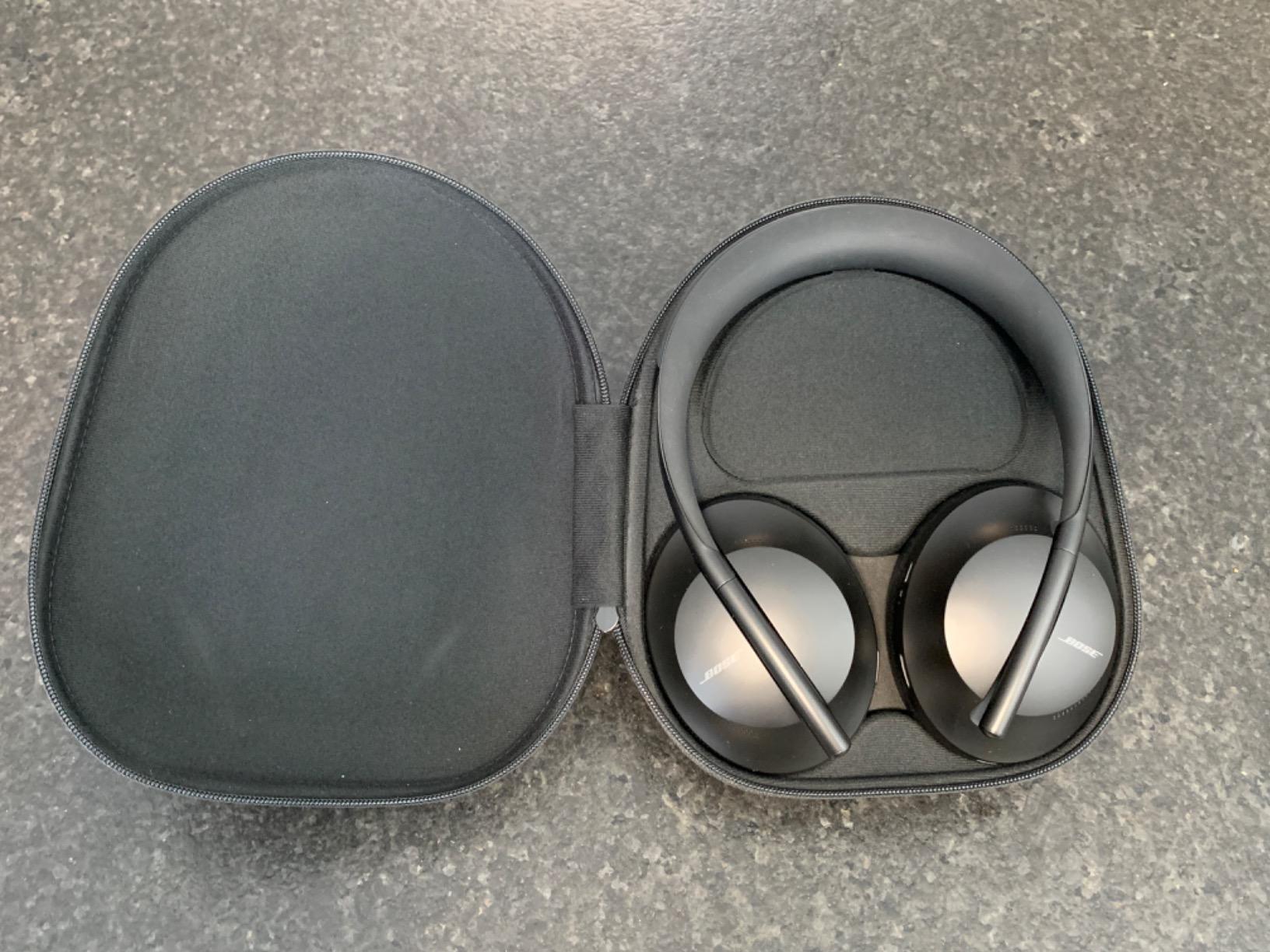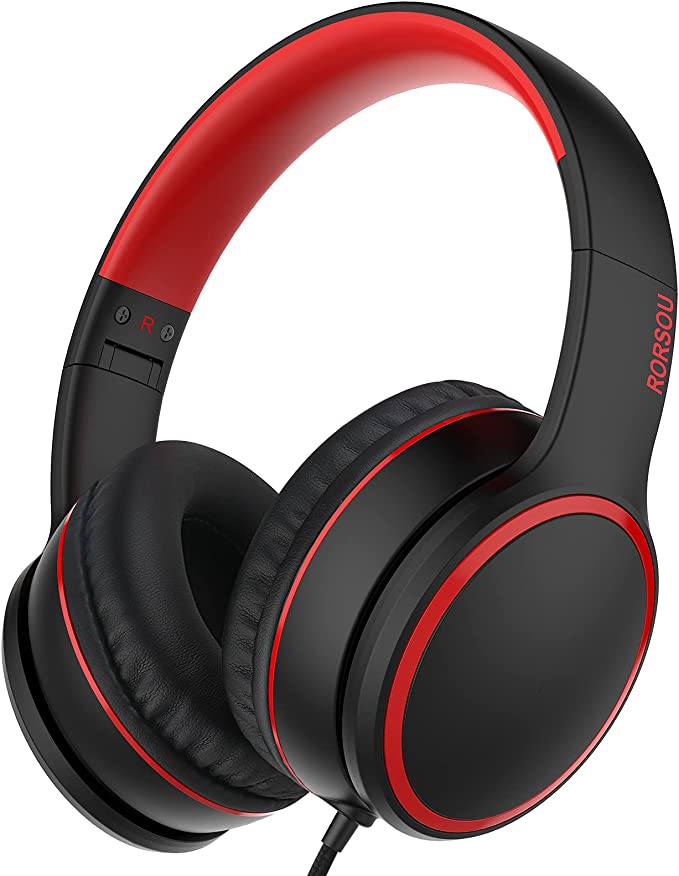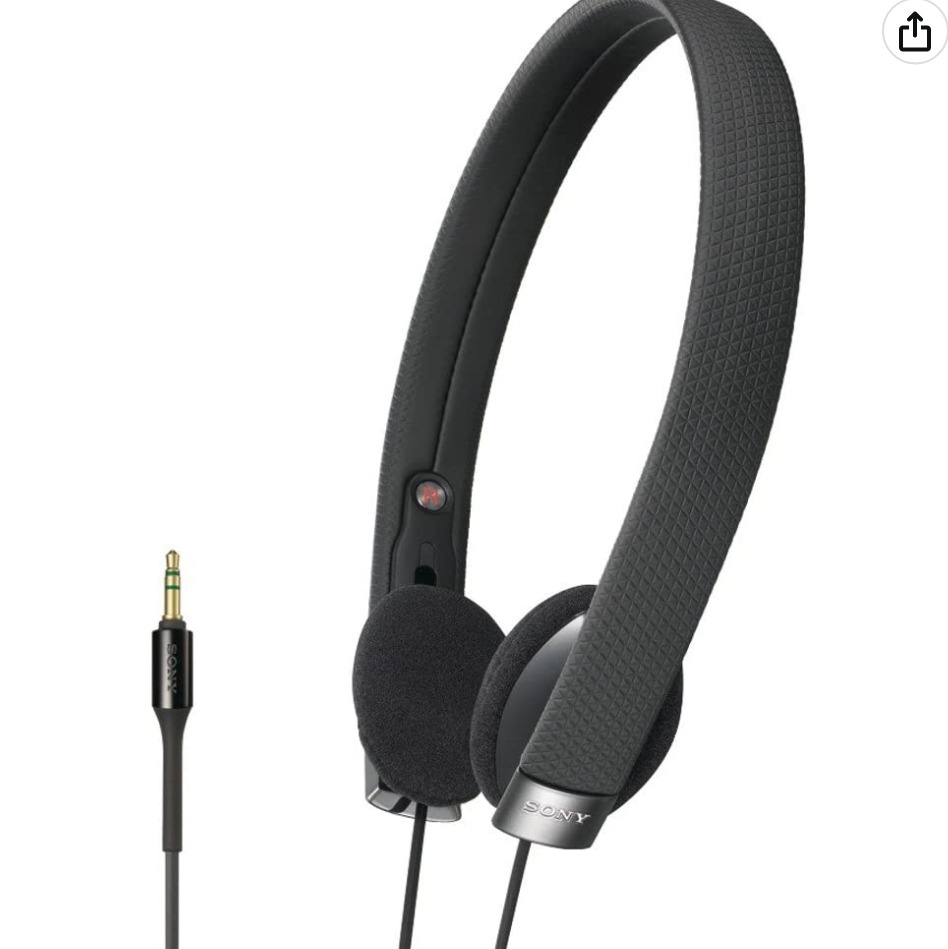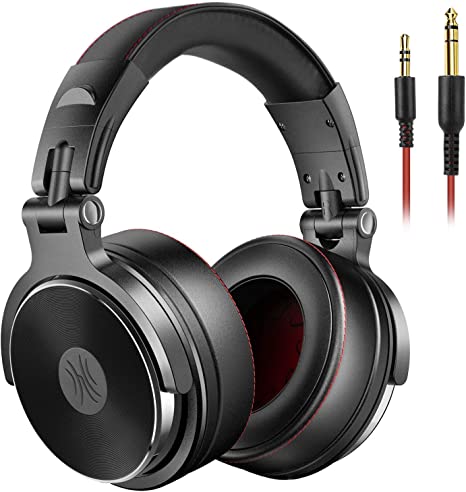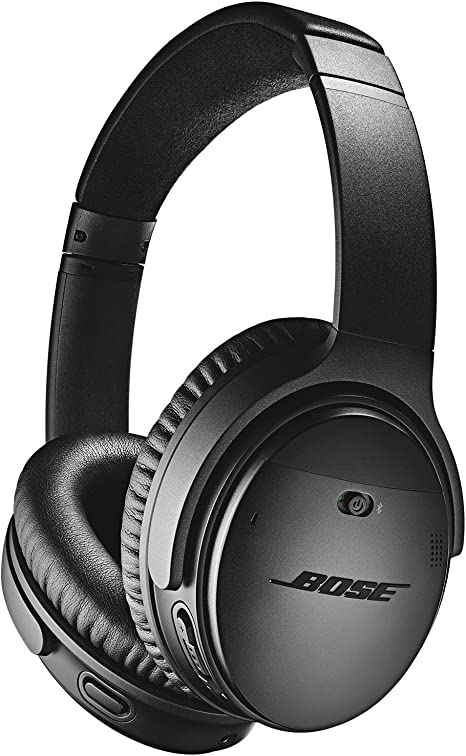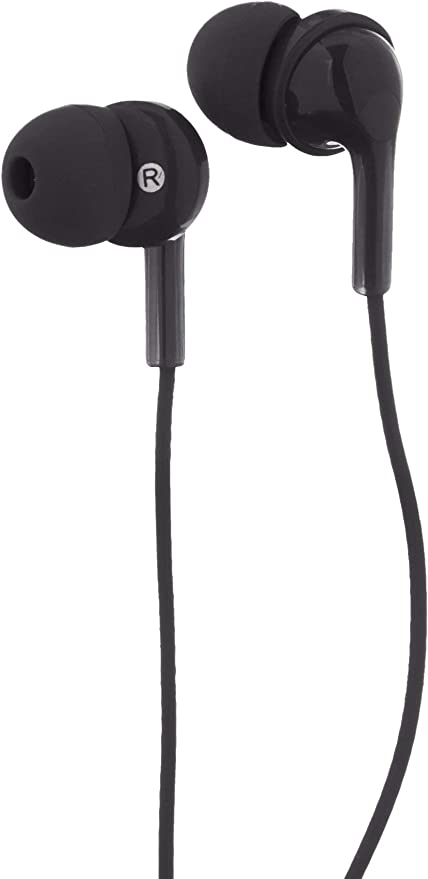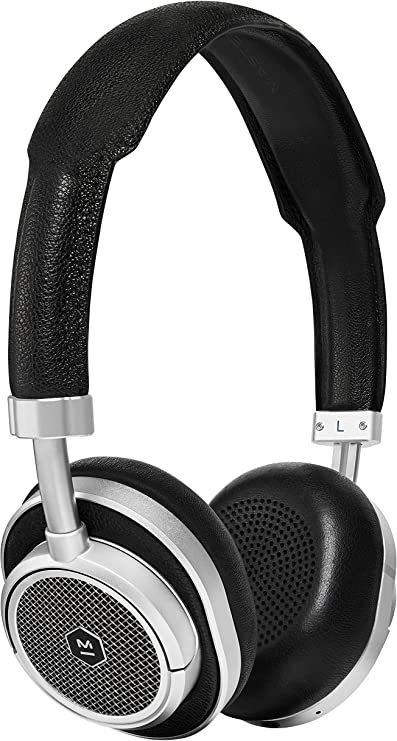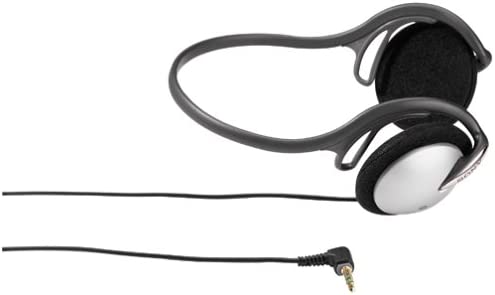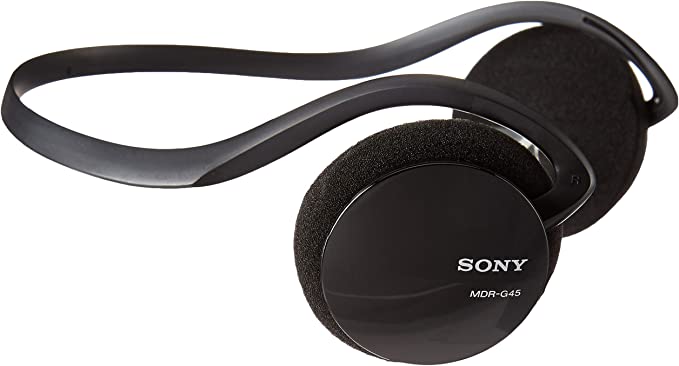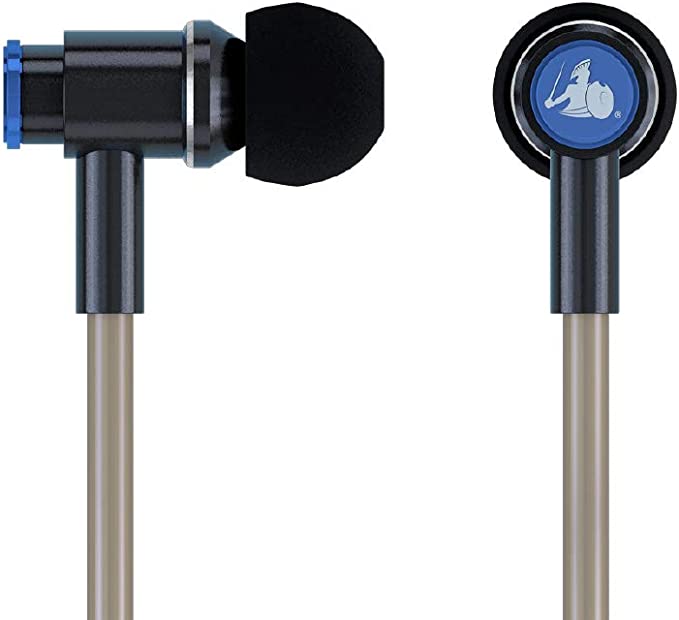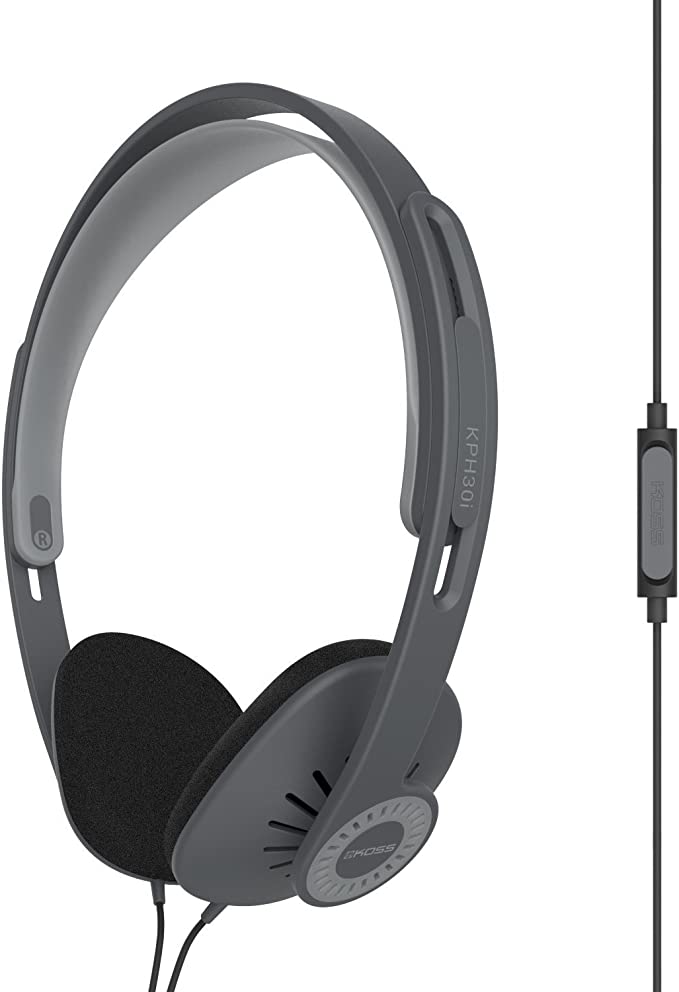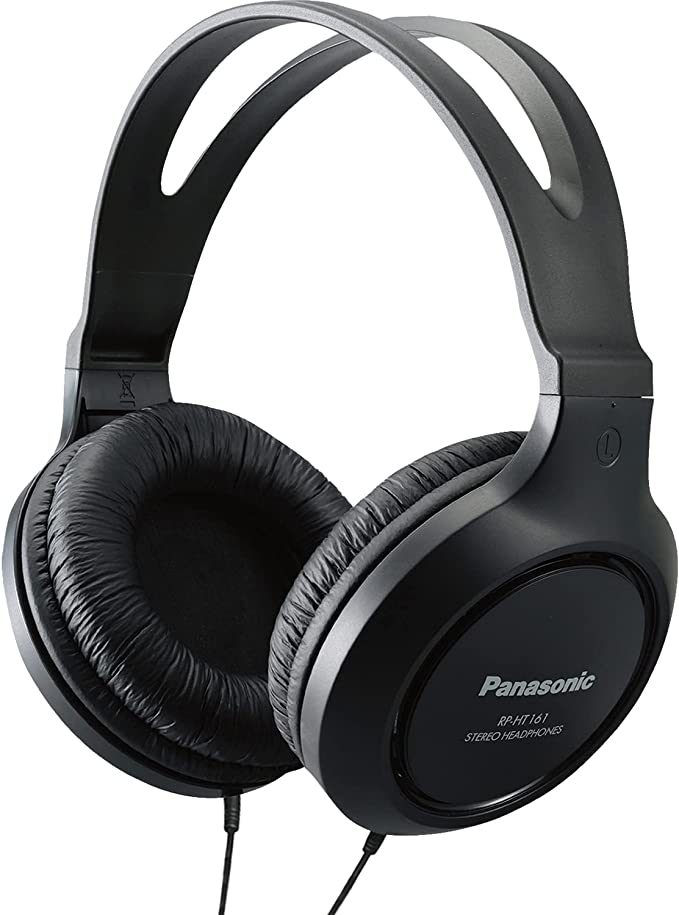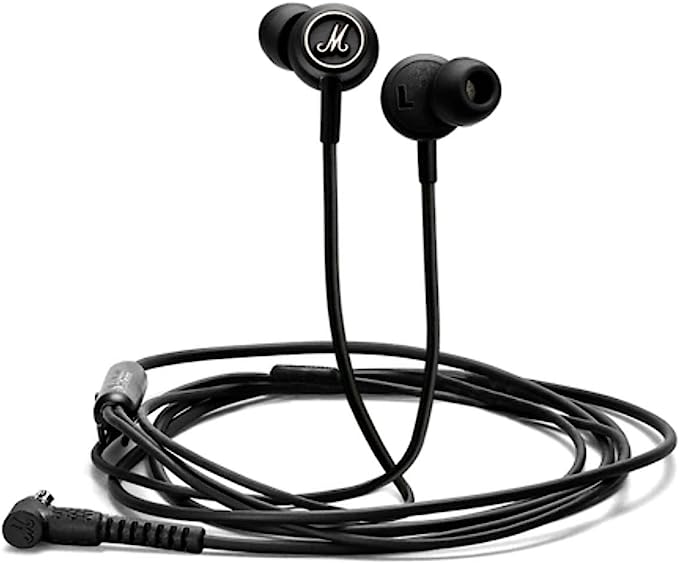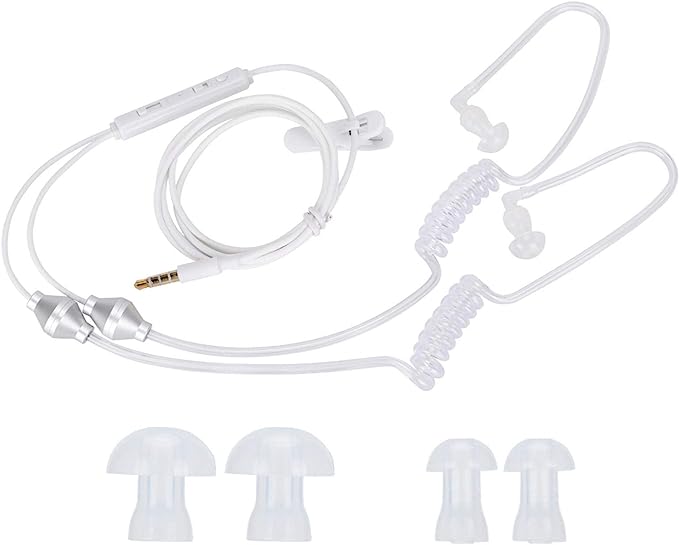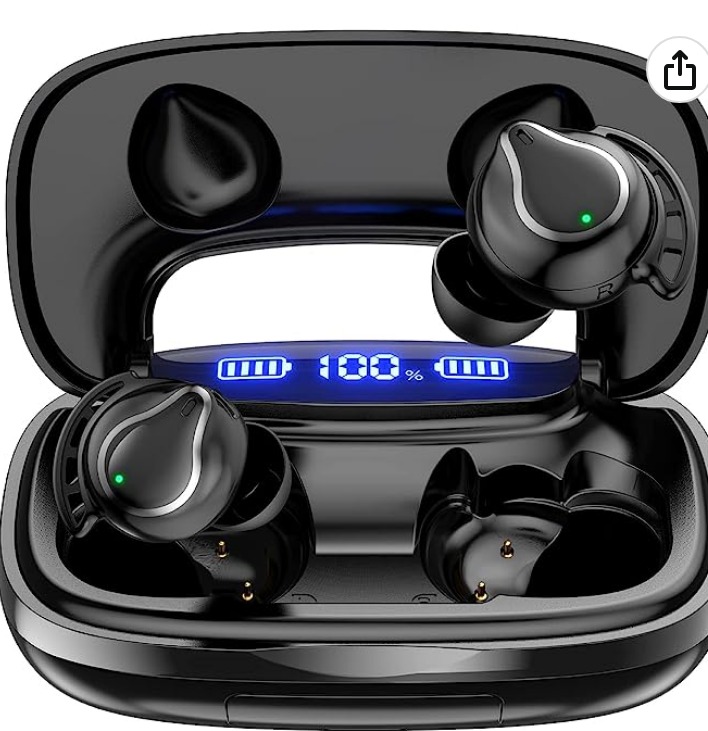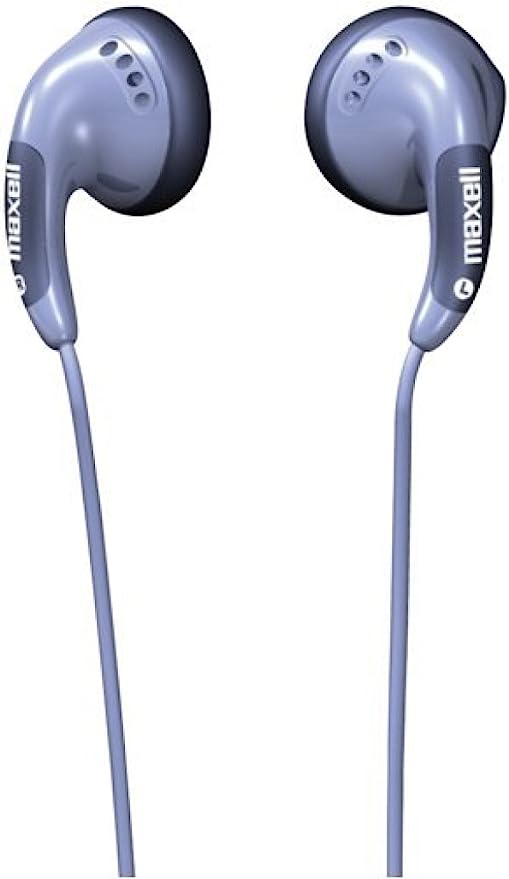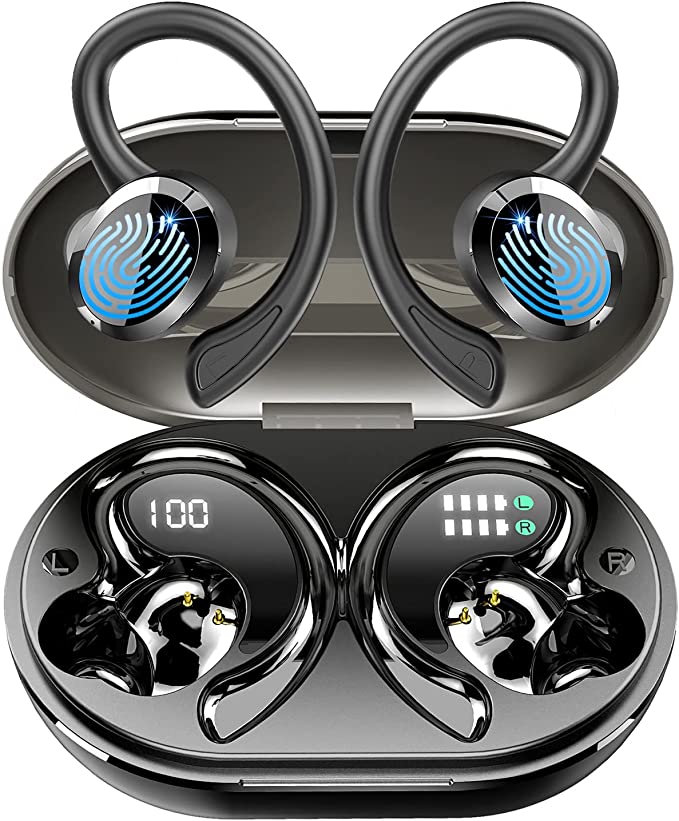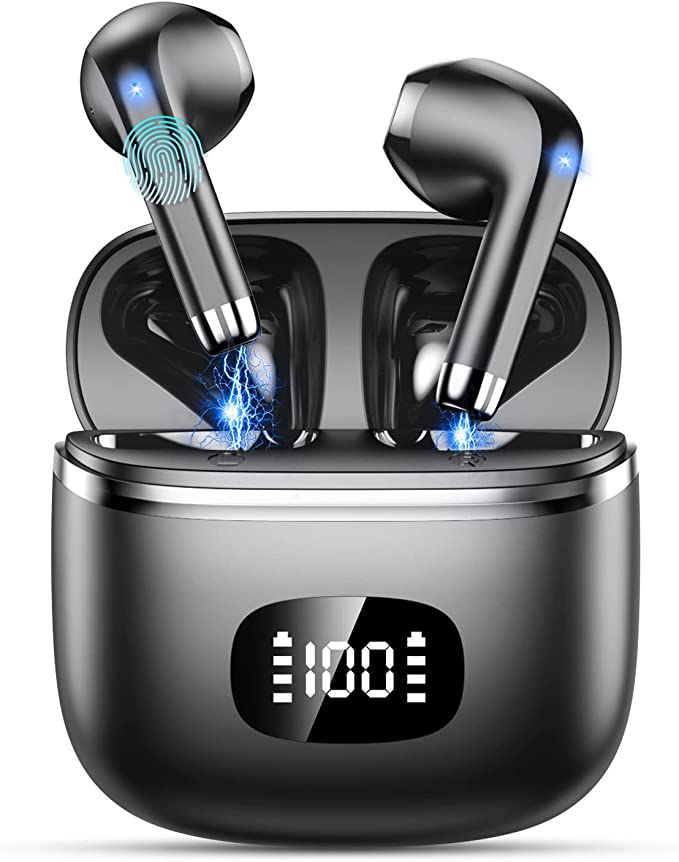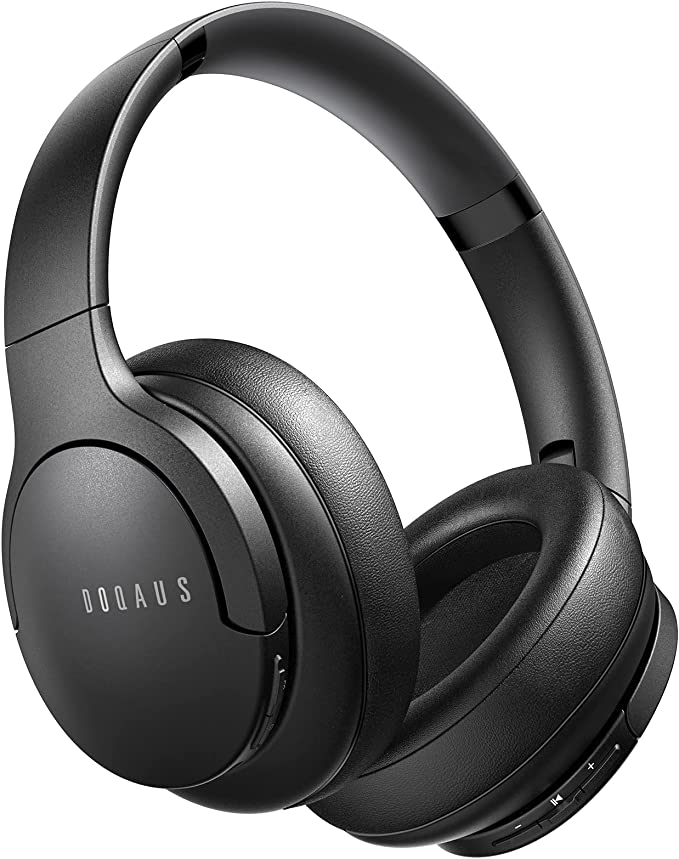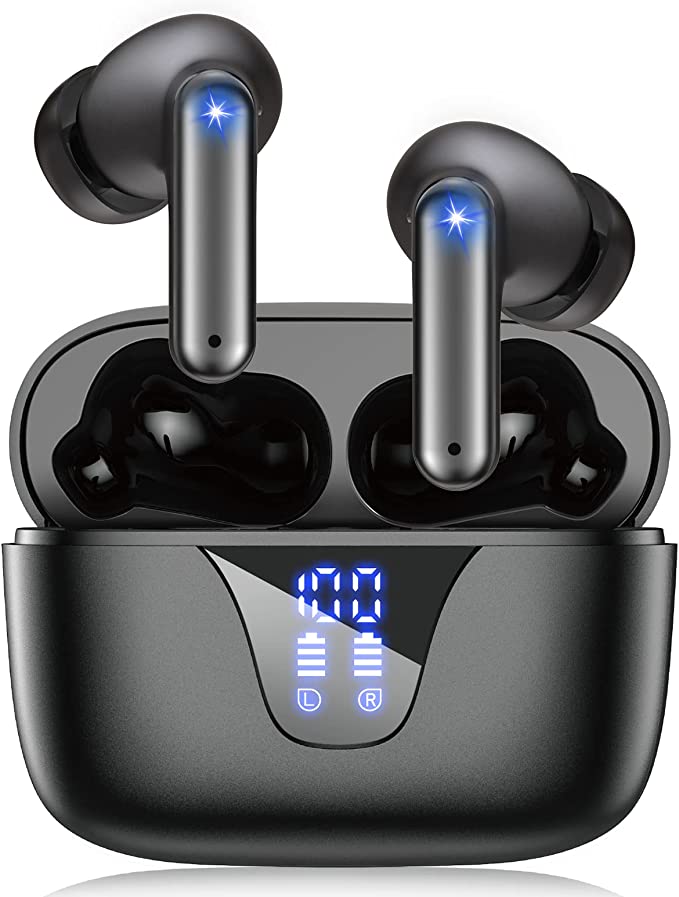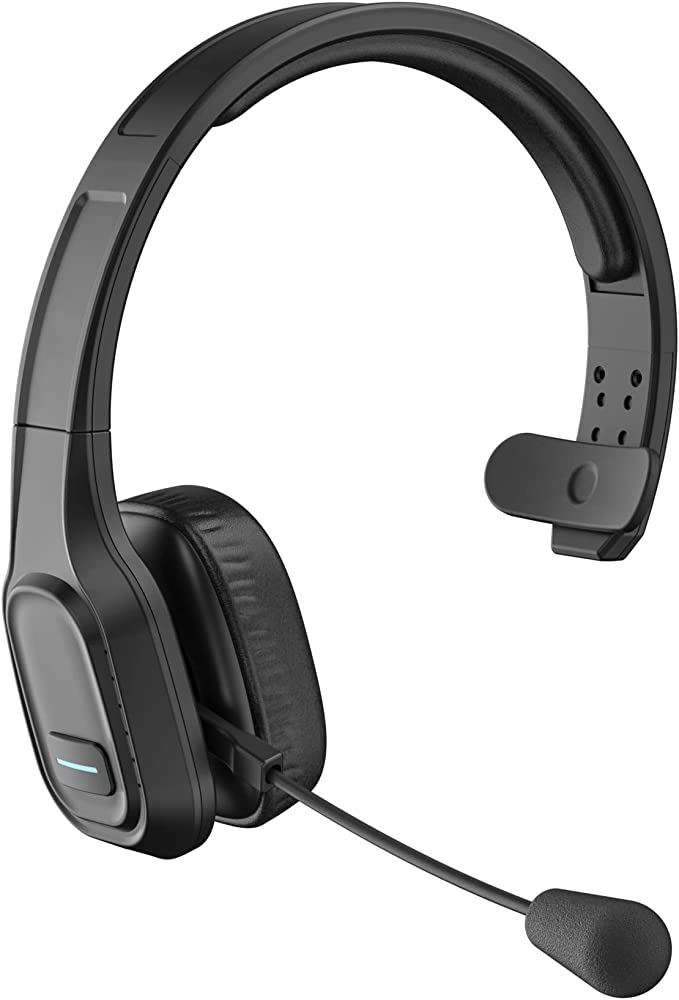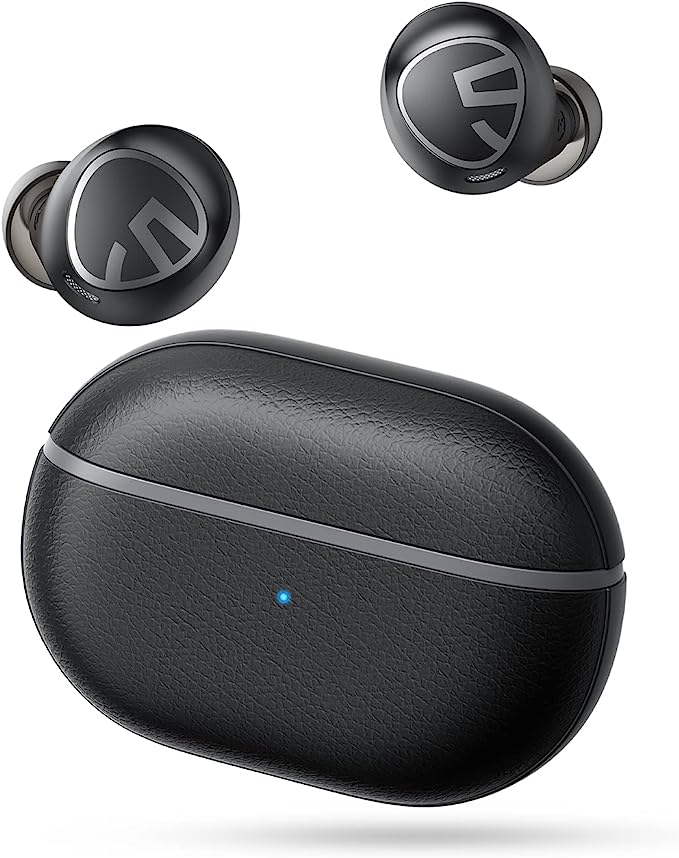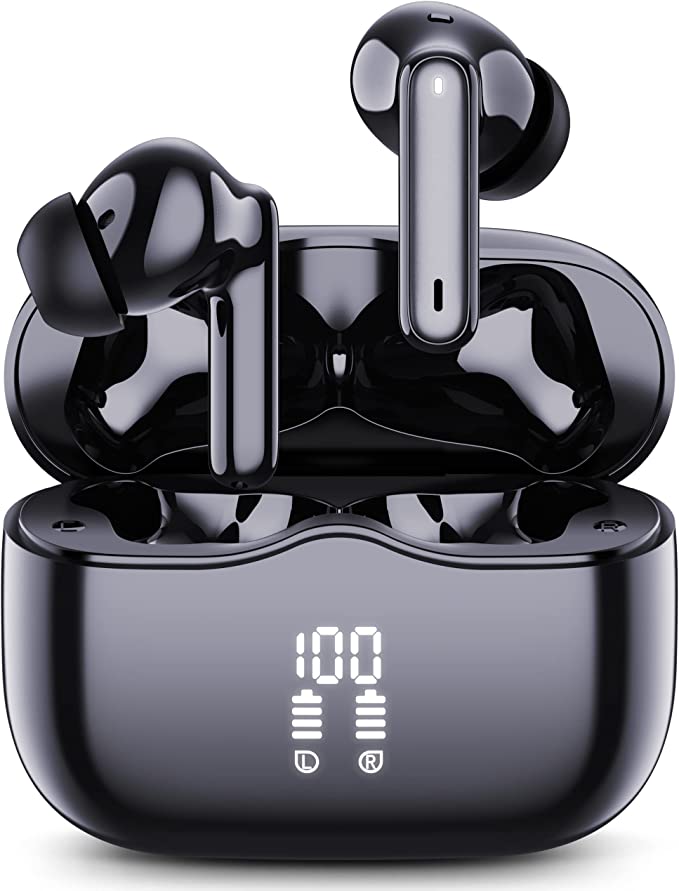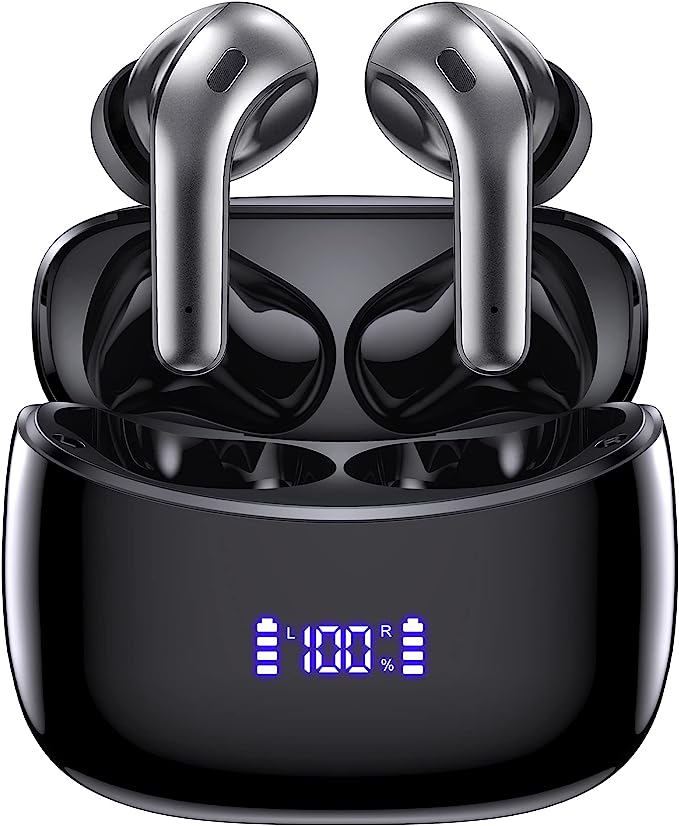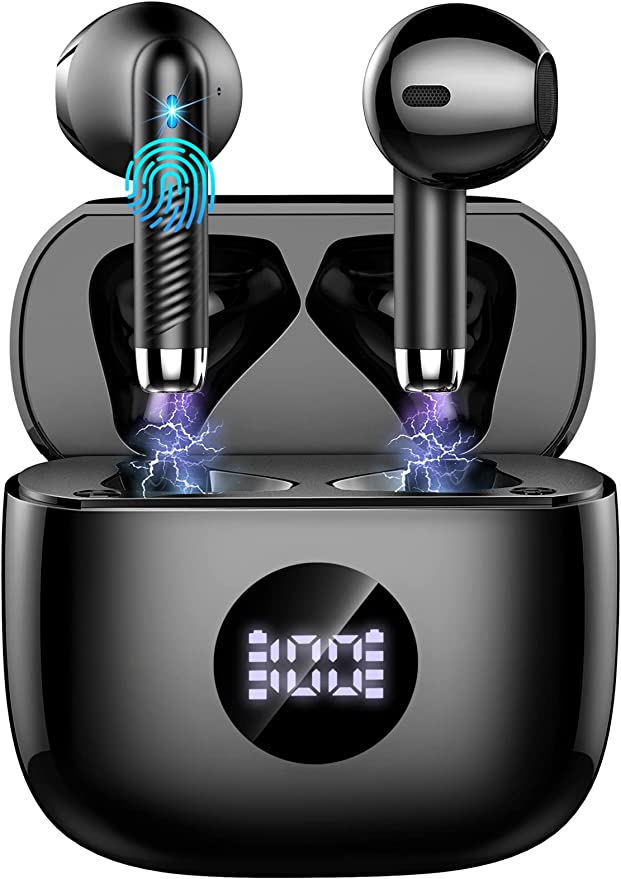Sennheiser HD 280 PRO: Accurate Sound for Critical Listening and Monitoring
Update on Feb. 19, 2025, 10:29 a.m.
The Quest for Sonic Truth: Why Accurate Headphones Matter
Imagine a guitarist, Sarah, meticulously crafting a song in her home studio. She layers intricate melodies, carefully adjusting each note’s volume and timbre. But when she listens back on different speakers, the song sounds… off. The bass is muddy, the vocals are buried, and the overall balance is skewed. Frustrated, Sarah realizes her headphones are coloring the sound, masking crucial details and hindering her ability to create a mix that translates well across different listening environments. This is where the concept of monitoring headphones becomes crucial.

What is a Monitoring Headphone?
Unlike consumer headphones, which often prioritize bass enhancement or other sonic “enhancements,” monitoring headphones strive for accuracy. Their primary goal is to reproduce audio exactly as it was recorded, revealing the true sonic landscape without adding any artificial coloration. This is essential for professionals like musicians, recording engineers, and audio editors, who rely on precise audio representation to make critical decisions during the creative process.
The Building Blocks of Sound: Frequency and Amplitude
Before we delve into the specifics of the Sennheiser HD 280 PRO, let’s briefly revisit the fundamentals of sound. Sound travels in waves, characterized by their frequency and amplitude. Frequency, measured in Hertz (Hz), determines the pitch of a sound – how high or low it is. The human ear can typically perceive frequencies ranging from 20 Hz (very low bass) to 20,000 Hz (very high treble). Amplitude, on the other hand, determines the loudness of a sound, often measured in decibels (dB).

Closed-Back vs. Open-Back: A Tale of Two Designs
Headphones come in two primary designs: open-back and closed-back. Open-back headphones have earcups that are perforated or open, allowing air and sound to pass through freely. This typically results in a more natural and spacious soundstage, but it also means that sound leaks in and out, making them unsuitable for noisy environments or recording situations where microphone bleed is a concern.
Closed-back headphones, like the HD 280 PRO, seal the earcups, creating a closed chamber around the ear. This design provides significant acoustic isolation, blocking external noise and preventing sound leakage. This is crucial for critical listening in noisy environments and for recording situations where you need to prevent the headphone audio from being picked up by the microphone.

Frequency Response: The Fingerprint of Sound
One of the most critical aspects of a monitoring headphone is its frequency response. This refers to how accurately the headphone reproduces sounds across the entire audible frequency range (20 Hz - 20,000 Hz). An ideal monitoring headphone would have a “flat” frequency response, meaning it reproduces all frequencies at the same level, without emphasizing or de-emphasizing any particular range.
Imagine a perfectly flat frequency response curve as a straight horizontal line. Any deviations from this line indicate that the headphone is coloring the sound in some way. For example, a headphone with a boosted bass response will make bass frequencies sound louder than they actually are, while a headphone with a recessed treble response will make high frequencies sound quieter.
(Hypothetical Frequency Response Graph - ASCII Art)
dB | /------\
| / \
| / \
| / \
|/______________\
Hz 20 1k 20k
(Relatively Flat)
While finding a perfectly flat frequency response is practically impossible, the Sennheiser HD 280 PRO is known for its relatively neutral frequency response, especially in the crucial midrange frequencies where most vocals and instruments reside. This allows audio professionals to hear the true balance of their recordings, making informed decisions about EQ, levels, and panning.
Impedance Matching: A Delicate Balance
Another important specification to consider is impedance, measured in ohms (Ω). Impedance represents the resistance a headphone presents to the electrical signal from the audio source (e.g., your phone, computer, or audio interface). Proper impedance matching between the headphone and the source is crucial for optimal power transfer and sound quality.
The HD 280 PRO has an impedance of 64 ohms. This is considered a moderate impedance, making it compatible with a wide range of devices. Lower impedance headphones (e.g., 16-32 ohms) are typically easier to drive and can achieve higher volumes with low-powered devices like smartphones. However, they can also be more susceptible to distortion when paired with high-output amplifiers. Higher impedance headphones (e.g., 250-600 ohms) often require a dedicated headphone amplifier to reach their full potential, but they can also offer better damping and control, resulting in a cleaner sound. The 64-ohm impedance of the HD 280 PRO strikes a good balance, providing sufficient damping while still being relatively easy to drive by a variety of devices.

Transient Response: Catching the Details
Beyond frequency response and impedance, transient response is another crucial factor in a headphone’s ability to accurately reproduce sound. Transient response refers to how quickly a headphone’s diaphragm (the part that vibrates to create sound) can react to changes in the audio signal. A headphone with good transient response can accurately reproduce sharp, sudden sounds like drum hits, cymbal crashes, and plucked strings, without smearing or blurring the details.
The HD 280 PRO, with its lightweight diaphragm and efficient motor system, is known for its good transient response. This allows it to capture the fine details and nuances of a recording, providing a more realistic and engaging listening experience. This fast, accurate response is especially critical. It can also give a sense of “speed” and impact to more dynamic music.
The HD 280 PRO: A Closer Look at the Design
The Sennheiser HD 280 PRO’s acoustic performance is a result of careful engineering and design choices. The closed-back design, as mentioned earlier, provides excellent noise isolation. This is achieved through a combination of factors:
- Earcup Seal: The earcups are designed to create a tight seal around the ears, minimizing sound leakage.
- Damping Materials: The earcups and internal components are likely made of materials that absorb sound reflections and vibrations, further reducing noise.
- Replaceable Parts. Prolonging the useful life and increasing value of the headphone set are the replaceable ear pads, and headband padding. The coiled cord is also detachable, a critical design feature for a working set of headphones.

Material Science: Comfort and Durability
The HD 280 PRO isn’t just about sound; it’s also designed for comfort and durability. The earcups are padded with a soft, synthetic leatherette material that provides a comfortable fit, even during extended listening sessions. The headband is also adjustable and padded, ensuring a secure and comfortable fit for a wide range of head sizes.
The headphones are built with robust materials, designed to withstand the rigors of professional use. The single-sided, coiled cable is durable and tangle-resistant, and the folding design allows for easy storage and transport.

Conclusion: The Value of Accuracy
The Sennheiser HD 280 PRO represents a commitment to accurate sound reproduction. Its combination of a relatively flat frequency response, good transient response, excellent noise isolation, and comfortable, durable design makes it a valuable tool for audio professionals and anyone who values hearing music as it was intended. While it may not have the flashy aesthetics of some consumer headphones, the HD 280 PRO prioritizes sonic truth above all else, allowing listeners to connect with the essence of the music. The long-term value is clear, and the headphone design has stood the test of time.


